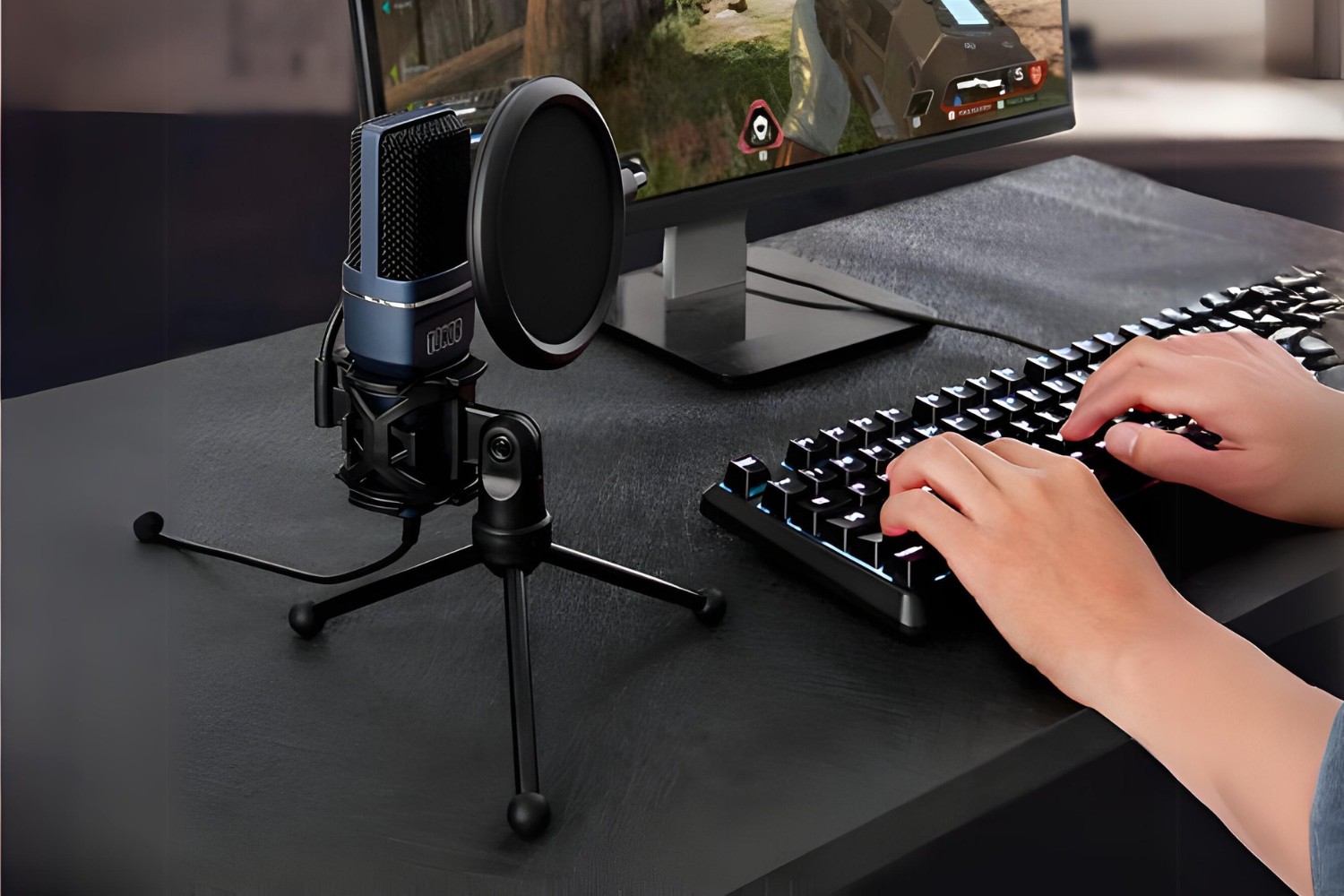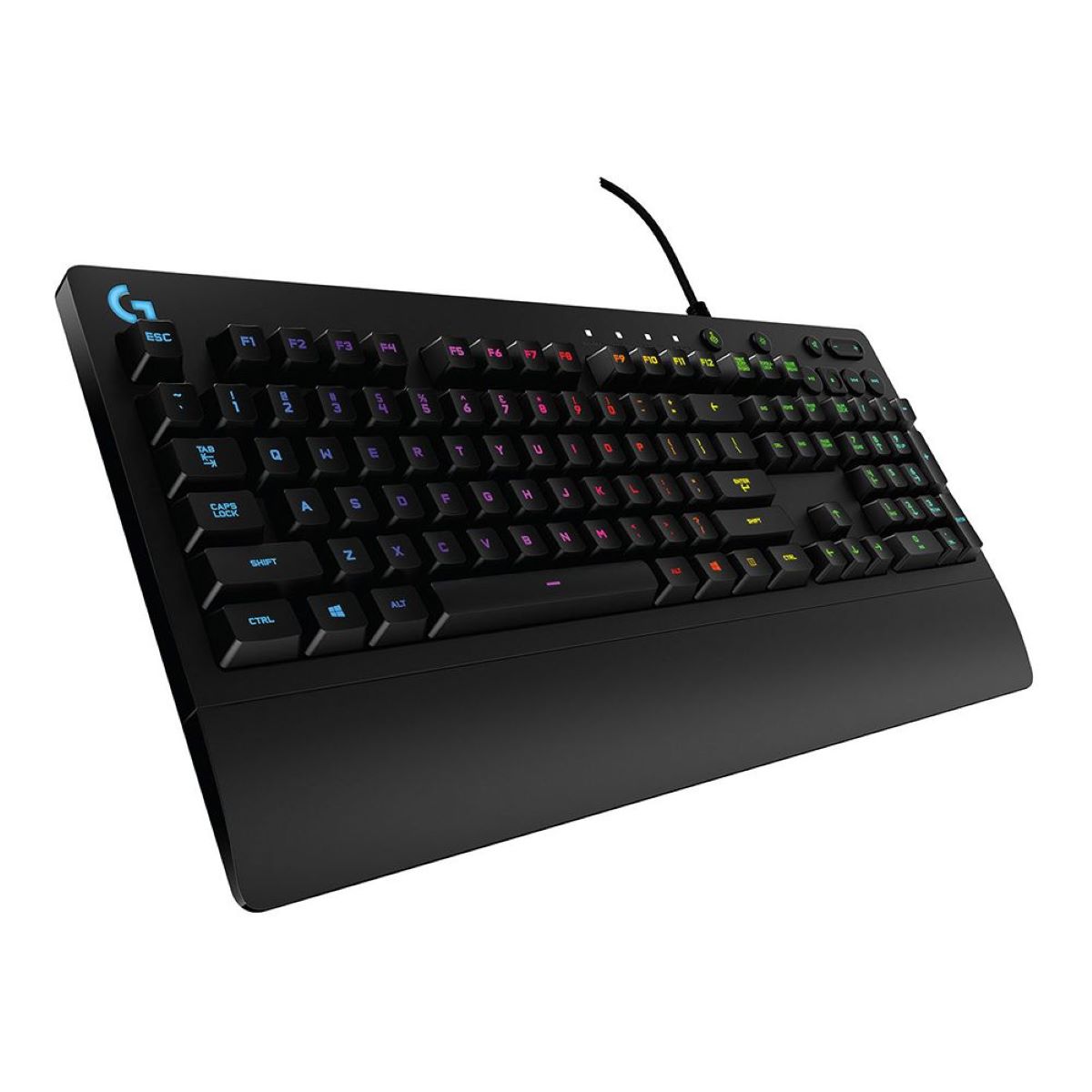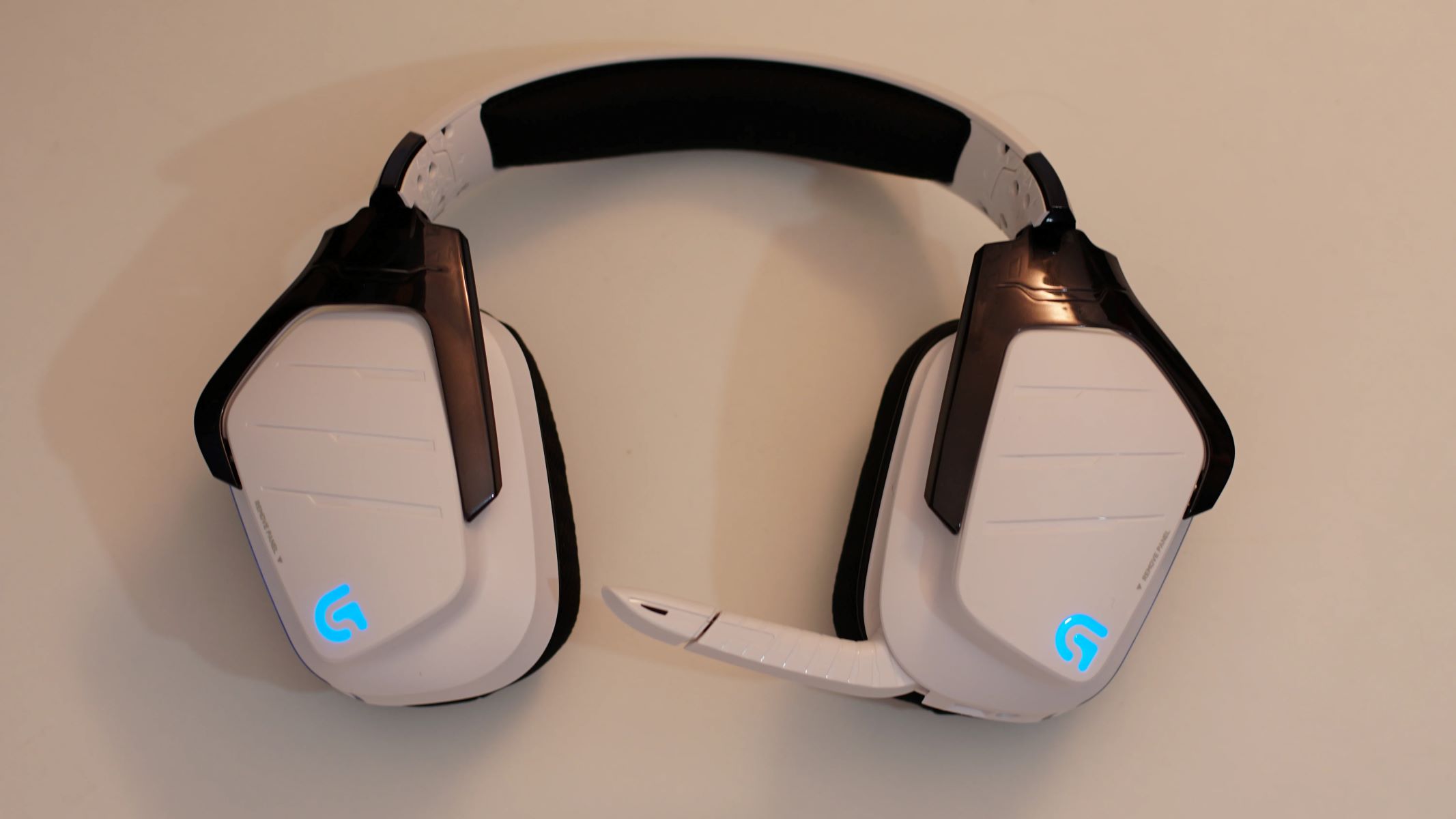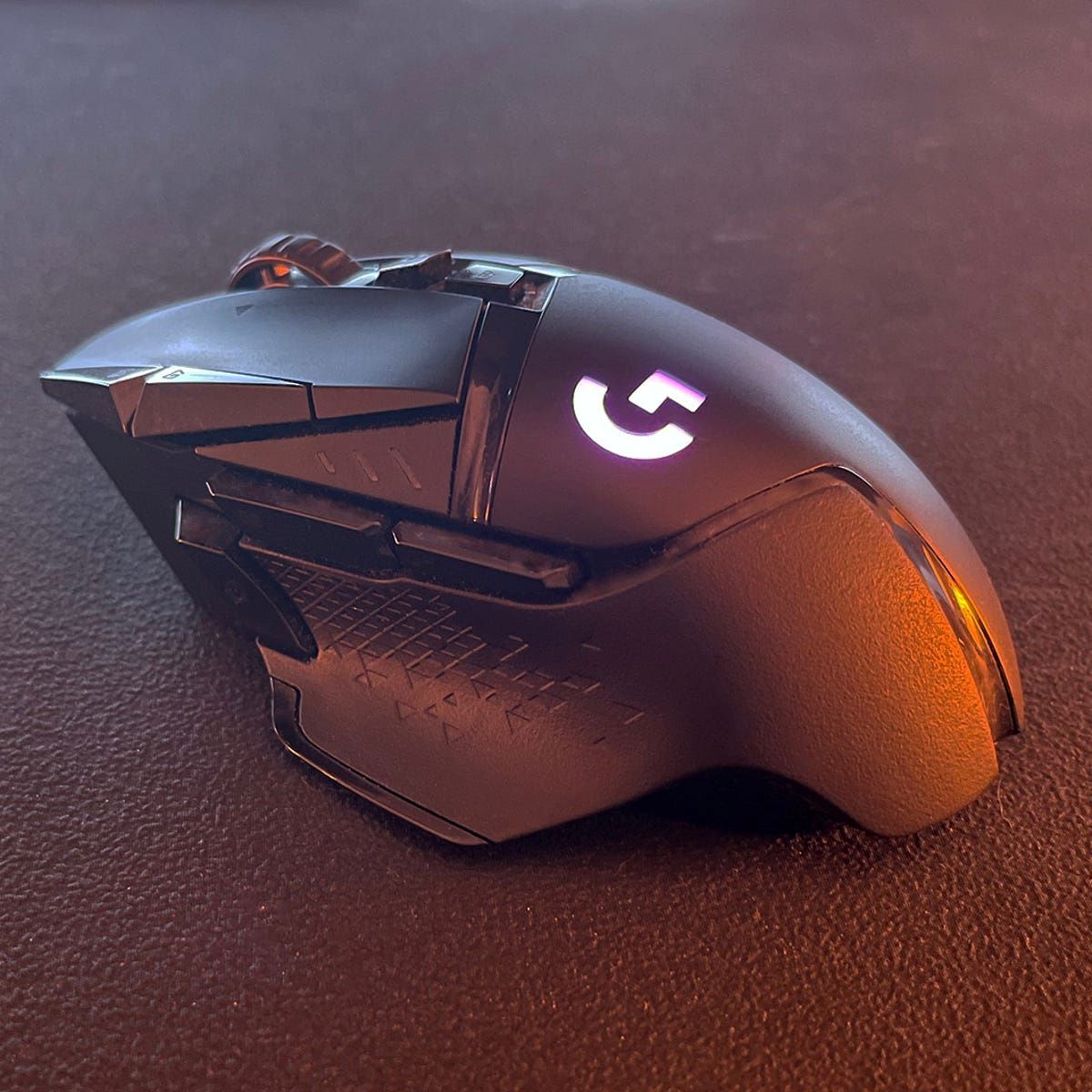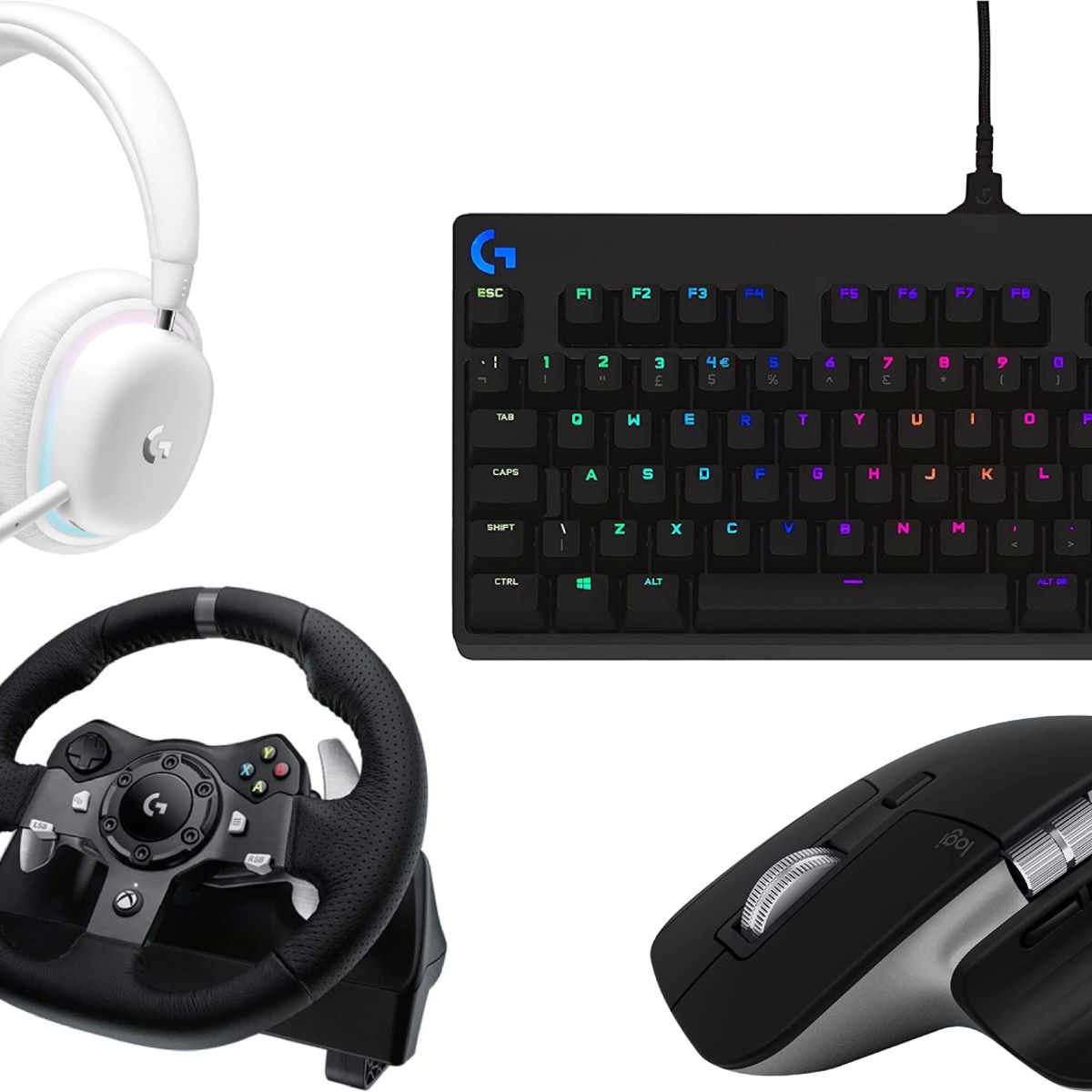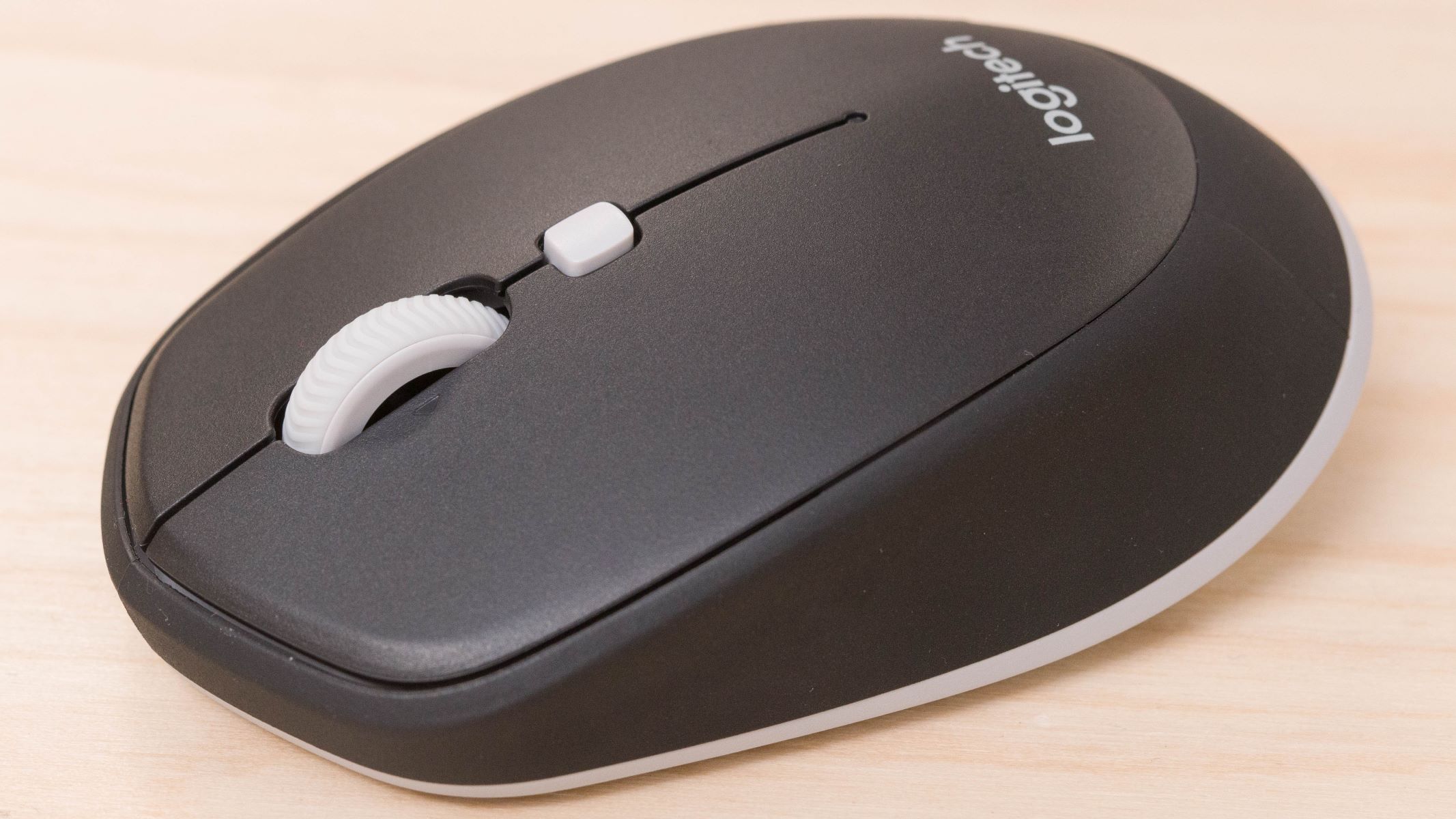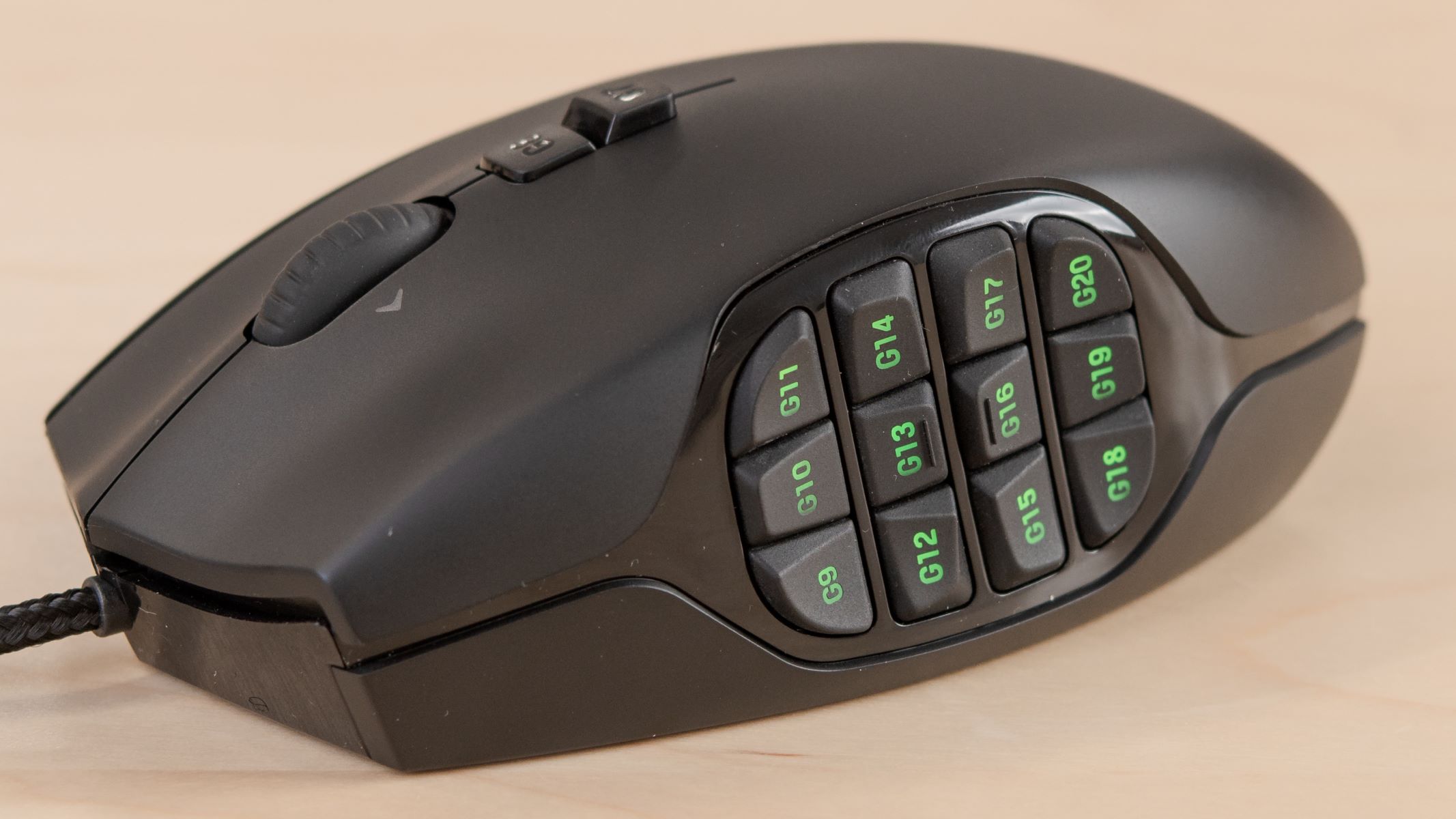Introduction
Are you a content creator, gamer, or professional who uses a mechanical keyboard? If so, you might have encountered the issue of keyboard sounds being picked up by your microphone during recordings or live streams. The satisfying tactile feedback of a mechanical keyboard can be a double-edged sword, as the sound it produces may interfere with the audio quality of your content. This unwanted keyboard noise can be distracting for your audience and diminish the overall professionalism of your work. Fortunately, there are several effective solutions to mitigate or completely eliminate this issue.
In this article, we will explore practical methods to reduce mechanical keyboard sound from being captured by your microphone. Whether you are a streamer looking to deliver a seamless audiovisual experience, a podcaster striving for crystal-clear audio, or a professional in need of pristine conference call recordings, these solutions can help you achieve your desired audio quality. Let's delve into the world of audio optimization and discover how to effectively address the challenge of mechanical keyboard sound bleeding into your microphone recordings.
Understanding the Problem
Before delving into the solutions, it’s crucial to understand why mechanical keyboards produce such audible sound and why it becomes an issue when using a microphone. Mechanical keyboards are renowned for their tactile feedback and distinct “clicky” or “clacky” sound, which is a result of the mechanical switches underneath each key. While this feature enhances the typing experience for many users, it poses a challenge when the keyboard sound interferes with audio recordings, live streams, or virtual meetings.
When a microphone picks up the sound of a mechanical keyboard, it can create an unwanted background noise that distracts listeners and diminishes the overall audio quality. This issue is particularly prevalent for content creators, gamers, and professionals who rely on clear, high-fidelity audio in their work. The keyboard sound can compete with the speaker’s voice or other audio elements, leading to a less polished and professional end product.
Furthermore, the frequency and volume of mechanical keyboard sound can make it challenging to remove during post-production editing, especially if it overlaps with crucial audio content. This underscores the importance of addressing the issue at the source, preventing the keyboard sound from being captured by the microphone in the first place.
Understanding the unique acoustic properties of mechanical keyboards and their impact on microphone recordings is essential for devising effective solutions. By gaining insight into the nature of the problem, we can explore targeted strategies to minimize or eliminate the interference of keyboard sound in audio recordings, ultimately enhancing the overall audiovisual experience for both creators and audiences.
Solutions to Cut Mechanical Keyboard Sound from Mic
Addressing the challenge of mechanical keyboard sound bleeding into microphone recordings requires a multifaceted approach. By implementing the following solutions, content creators, gamers, and professionals can effectively reduce or eliminate the disruptive keyboard noise, ensuring that their audio content maintains a high standard of quality.
- Use a Mechanical Keyboard with Quieter Switches: One of the most direct solutions is to opt for a mechanical keyboard equipped with quieter switches. For instance, keyboards featuring Cherry MX Brown or Cherry MX Red switches produce less audible sound compared to their clicky counterparts. By selecting a keyboard with quieter switches, you can significantly mitigate the issue of keyboard sound bleeding into your microphone recordings.
- Invest in a Desk Mat or Keyboard Silencing Pad: Placing a desk mat or a specialized keyboard silencing pad beneath your mechanical keyboard can dampen the sound produced by key presses. These accessories absorb and minimize the reverberation of keyboard noise, effectively reducing its transmission to the microphone. Additionally, they provide a soft and stable surface for your keyboard, enhancing comfort and stability during use.
- Position the Microphone Strategically: Adjusting the placement of your microphone can make a notable difference in isolating keyboard sound. Position the microphone closer to your mouth and slightly away from the keyboard, utilizing a directional microphone pattern to capture your voice more prominently while minimizing keyboard noise. Experimenting with microphone placement and settings can yield significant improvements in audio quality.
- Utilize Noise Suppression Filters: Leveraging noise suppression filters through software applications or hardware interfaces can effectively reduce the impact of keyboard sound on microphone recordings. These filters analyze the audio input in real time and apply algorithms to attenuate specific frequencies associated with keyboard noise, resulting in cleaner and more focused audio output.
- Employ a Mechanical Keyboard Sound Dampener: Installing a mechanical keyboard sound dampener, such as o-rings or soft landing pads, can diminish the acoustics of key presses, thereby minimizing the transmission of sound to the microphone. These simple yet effective accessories can significantly reduce the audible impact of keyboard input, allowing for clearer and more professional audio recordings.
By implementing a combination of these solutions, individuals can tailor their approach to suit their specific needs and preferences, effectively mitigating the interference of mechanical keyboard sound in microphone recordings. Whether through hardware modifications, strategic positioning, or software-based enhancements, these solutions empower users to elevate the quality of their audio content and deliver a more immersive and polished experience to their audience.
Conclusion
Addressing the challenge of mechanical keyboard sound bleeding into microphone recordings is a pivotal endeavor for content creators, gamers, and professionals seeking to deliver high-quality audio content. By understanding the nature of the issue and implementing targeted solutions, individuals can effectively mitigate or eliminate the disruptive impact of keyboard noise on their microphone recordings.
From opting for quieter mechanical keyboard switches to utilizing noise suppression filters and strategic microphone positioning, a range of practical solutions empowers users to tailor their approach based on their specific requirements and preferences. These solutions not only enhance the audiovisual experience for the audience but also elevate the professionalism and clarity of the content creator’s work.
It is essential to recognize that the pursuit of optimal audio quality is an ongoing journey, and individuals may need to experiment with different solutions to find the most effective combination for their specific setup and usage scenarios. By embracing a proactive and adaptable approach, creators and professionals can continually refine their audio recording setups, ensuring that mechanical keyboard sound does not detract from the overall audio quality of their content.
Ultimately, the successful mitigation of mechanical keyboard sound interference in microphone recordings allows for a more immersive, polished, and professional audiovisual experience. By leveraging the solutions discussed in this article and remaining open to further innovations in audio optimization, individuals can confidently create and share content without the distraction of unwanted keyboard noise, delivering an exceptional audio experience to their audience.







